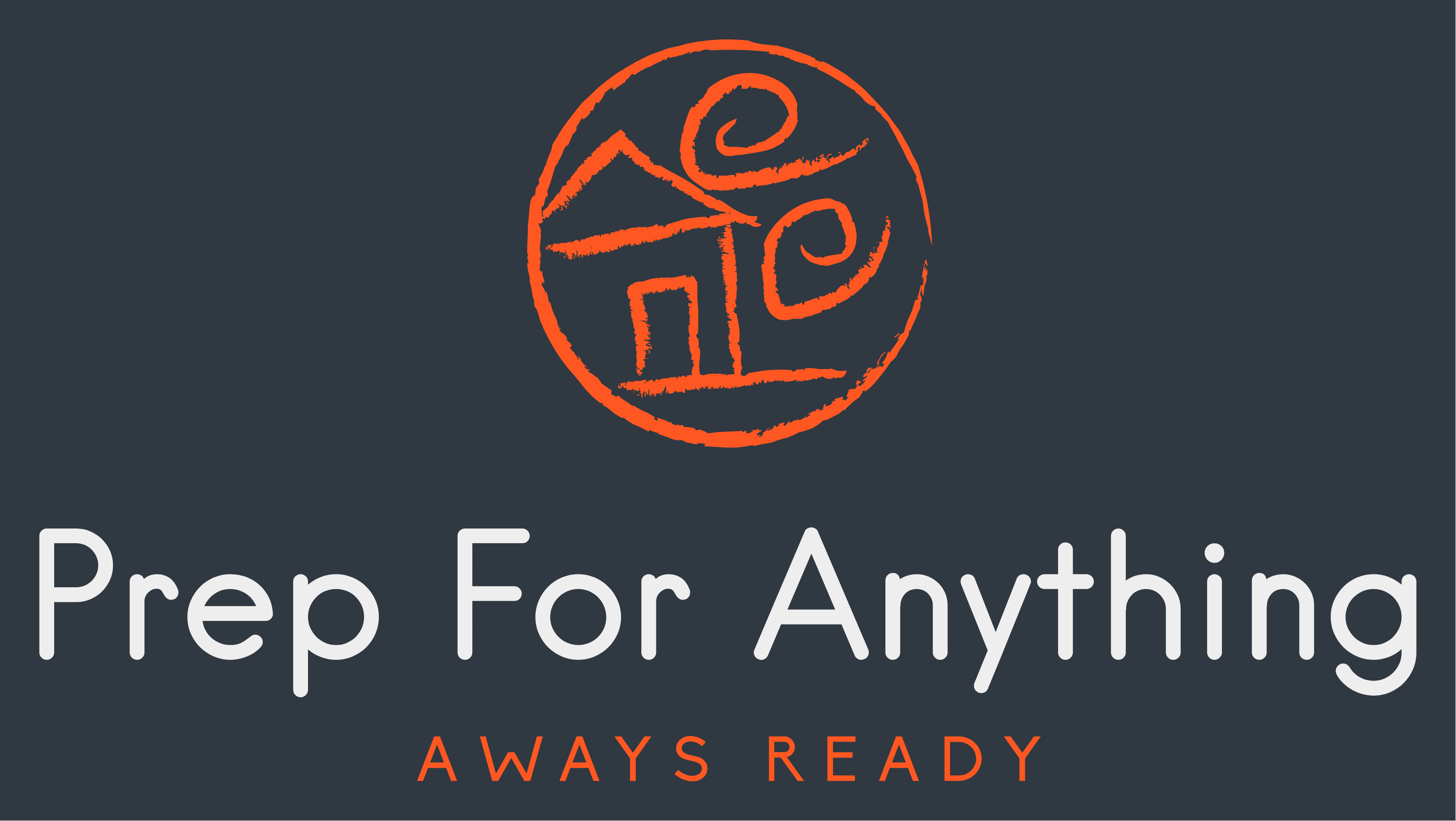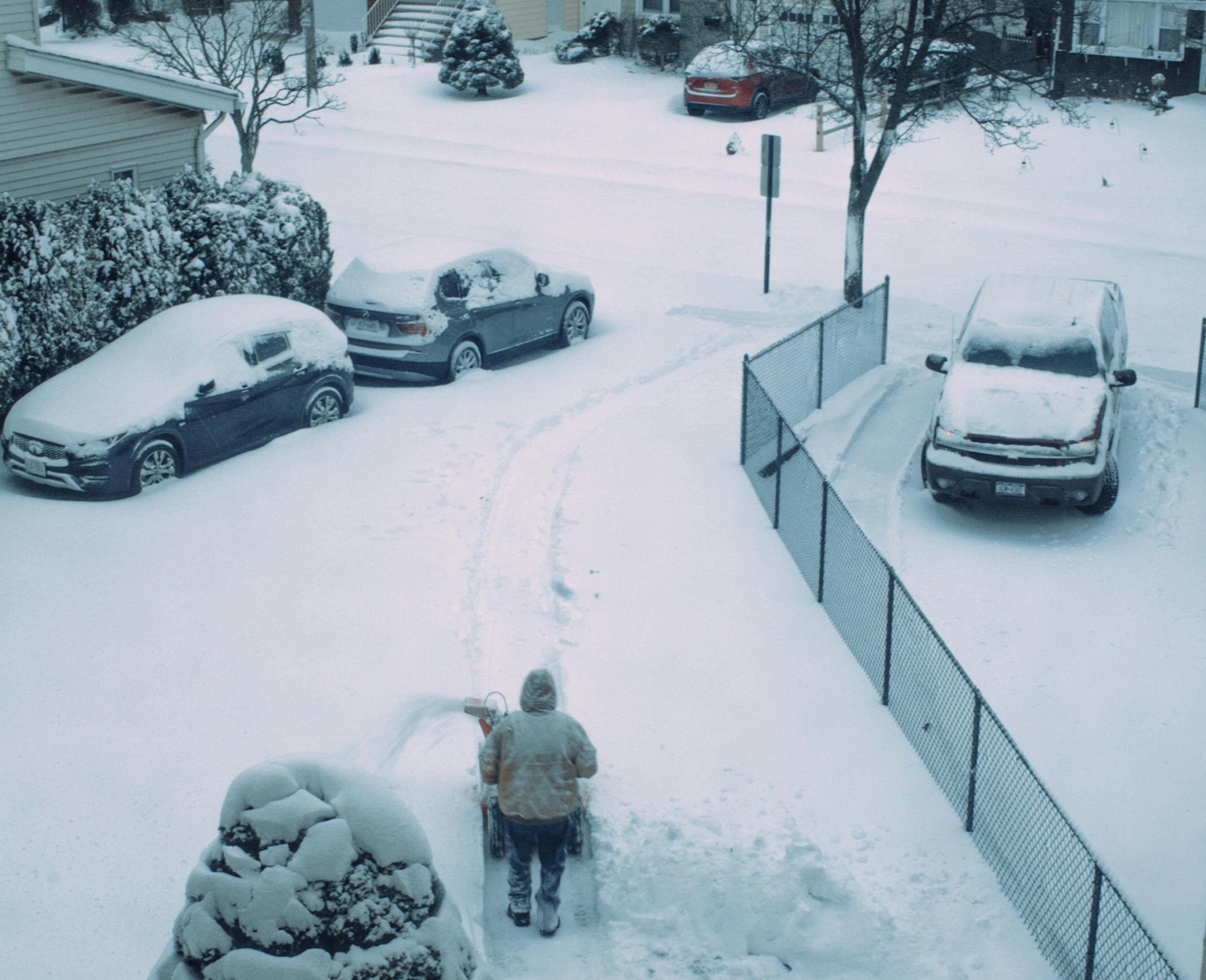As the year winds down, it’s a natural time to pause and reflect on our journey toward preparedness. Whether you’re new to the concept or have been honing your readiness skills for years, each year brings its own set of lessons, challenges, and triumphs. This year has taught us many valuable lessons in preparedness—from the importance of flexibility to the value of community connections.
Let’s explore some of the key takeaways from this year that can shape and refine our approach to preparedness as we look ahead.
1. The Importance of Flexibility in Planning
If there’s one thing this year has reinforced, it’s the need for adaptability. One of the most critical lessons in preparedness is that rigid plans can leave us vulnerable in the face of unpredictable events.
Consider the following scenario: You’ve prepared for a power outage, but the cause is an unexpected cyberattack that also disrupts communications. Your initial plan might have focused on physical outages caused by storms, not digital disruptions. This year, many of us learned that flexibility is as essential as the supplies in our go-bag.
Takeaway: Instead of planning for specific events, focus on building versatile skills and resources. Water purification, backup power sources, and mental resilience are adaptable to many scenarios.
2. The Value of Community Connections
Preparedness is often portrayed as a solitary endeavor, but this year highlighted the strength of community. During disasters, neighbors often come together to share resources, support each other, and rebuild.
For example, during the flooding that affected many communities this year, those who had strong local connections fared better. Neighbors pooled resources, exchanged information, and provided emotional support. For more practical advice on building community and individual preparedness, visit the American Red Cross Emergency Preparedness page.
Takeaway: Invest in relationships with your neighbors and local community. Participate in community preparedness groups, and be willing to share your knowledge and skills. A connected community is a resilient community.
3. Reassessing Supply Chain Vulnerabilities
Global events this year have underscored the fragility of supply chains. Shortages of essentials like food, fuel, and medical supplies caught many off guard, reminding us how interconnected and vulnerable these systems can be.
Prepared individuals learned to mitigate these disruptions by maintaining a stocked pantry, diversifying their food sources, and learning skills like gardening and food preservation.
Takeaway: Build self-reliance by creating a deep pantry, learning to grow and preserve food, and identifying alternative sources for essential items.
4. Mental Preparedness is as Crucial as Physical Supplies
Emergencies don’t just strain resources—they test our mental and emotional limits. This year, many experienced the psychological toll of prolonged uncertainty, underscoring the need for mental preparedness.
Mindfulness practices, stress management techniques, and even simple routines can provide stability in chaotic times. Preparedness is not just about what’s in your backpack but what’s in your head.
Takeaway: Develop habits that build mental resilience, such as meditation, journaling, or physical exercise. Include these practices in your preparedness routine.
5. Digital Preparedness in a Connected World
As we become more reliant on technology, digital preparedness has emerged as a critical component of overall readiness. Cyberattacks, data breaches, and outages affected millions this year, serving as a wake-up call for many.
Preparedness now includes safeguarding our digital lives: securing passwords, backing up important files, and having a plan for when online systems fail.
Takeaway: Invest in cybersecurity measures like password managers, two-factor authentication, and offline backups for essential documents.
6. Testing Your Preparedness Plans
This year, real-life emergencies tested many of our preparedness plans. Some of us discovered gaps: a flashlight with dead batteries, an outdated emergency contact list, or a poorly packed go-bag.
If you’re new to preparedness or want to refine your approach, check out our detailed guide: Emergency Preparedness 101: A Beginner’s Guide.
Takeaway: Regularly testing your plans is one of the best ways to internalize the lessons in preparedness you’ve learned and ensure you’re ready for anything. Conduct drills, update supplies, and reflect on your readiness to ensure you’re truly prepared.
7. Sustainability and Preparedness Go Hand-in-Hand
Environmental awareness and sustainability took center stage this year, reminding us of the connection between living sustainably and being prepared. Practices like composting, rainwater harvesting, and growing your own food not only reduce your environmental footprint but also build resilience.
For instance, a backyard garden can supplement your food supply during shortages, while a rain barrel provides water during droughts or utility outages.
Takeaway: Incorporate sustainable practices into your preparedness strategy. These efforts benefit both your family and the planet.
8. The Importance of Skill-Building
Preparedness isn’t just about what you have; it’s about what you know. This year saw a renewed interest in practical skills like first aid, carpentry, and self-defense.
People who had invested in learning these skills found themselves better equipped to handle emergencies, whether it was repairing a broken water line or responding to a medical situation.
Takeaway: Make skill-building a priority. Take a first-aid course, learn basic home repairs, or practice fire-starting and shelter-building.
9. The Role of Technology in Emergencies
While digital tools like apps and GPS devices are invaluable, this year reminded us not to rely solely on technology. Power outages, network disruptions, or dead batteries can render these tools useless.
Takeaway: This year also reminded us of the importance of balancing technology with traditional tools—a recurring theme in the lessons in preparedness we’ve covered. Technology should enhance preparedness, not replace it.
10. The Ever-Present Threat of Climate Change
From wildfires to hurricanes, climate change continues to shape the nature of emergencies we face. This year’s events highlighted the growing need to prepare for extreme weather and its cascading effects, such as power outages, water shortages, and displacement.
Takeaway: Stay informed about how climate change might impact your region. Prepare for specific risks, such as flooding or heatwaves, and consider long-term strategies like relocating to a safer area if needed.
11. Financial Preparedness as a Cornerstone
Financial stability emerged as a crucial aspect of readiness this year. Unexpected job losses, inflation, and economic instability left many households vulnerable. Those with emergency funds, diversified investments, and minimal debt weathered these challenges more effectively.
Takeaway: Make financial preparedness a priority. Build an emergency fund, reduce debt, and consider diversifying your income streams.
12. The Power of Reflection and Adjustment
One of the most valuable lessons from this year is the power of reflection. Many of us found areas for improvement in our preparedness plans and took steps to address them.
Preparedness isn’t a one-time effort; it’s an ongoing process. Regularly assess what’s working, what’s not, and what new challenges might arise.
Takeaway: Set aside time each year to review your progress. Update your plans, refine your strategies, and celebrate your successes.
Looking Ahead
Reflecting on the lessons in preparedness from this year helps us refine our strategies and move forward with greater confidence and resilience. Preparedness is not about fear but empowerment—the confidence that comes from knowing you’ve taken steps to protect yourself and your loved ones.
In the year ahead, let’s commit to building not just our stockpiles but also our skills, connections, and resilience. Together, we can face whatever challenges come our way with strength and determination.
Share your thoughts in the comments, and let’s inspire each other to stay prepared and ready for whatever comes next.





Leave a Reply